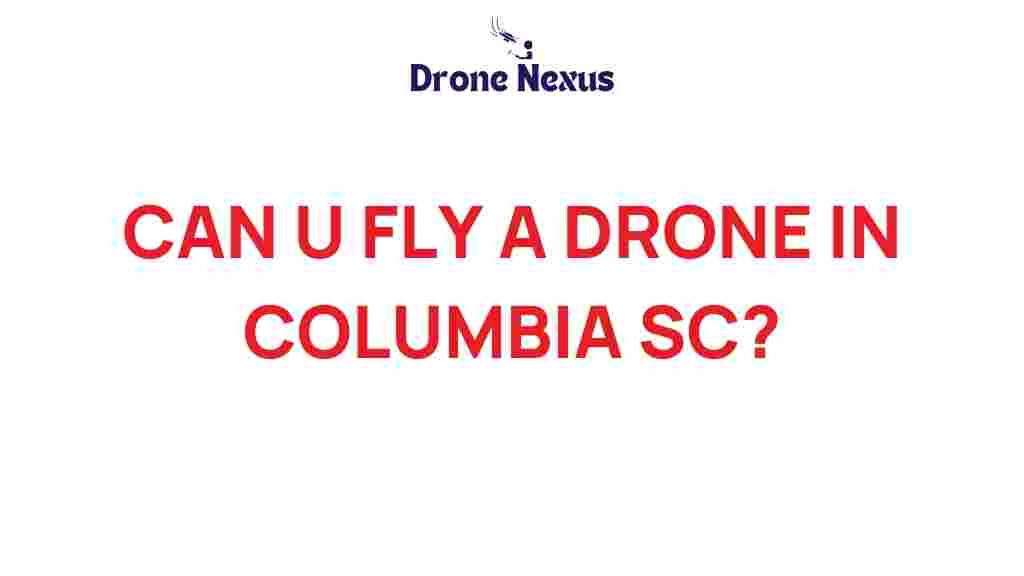Drone Regulations in Columbia, SC: What You Need to Know
As the popularity of drones continues to soar, many enthusiasts and professionals in Columbia, SC, are eager to take to the skies. However, understanding the drone regulations is crucial for anyone looking to operate a drone legally and safely. This article will guide you through the essential regulations, how to comply with them, and offer tips for successful drone flying in Columbia, SC.
Understanding Drone Regulations
Before flying a drone in Columbia, SC, it’s important to familiarize yourself with the regulations that govern drone use. These rules are established by the Federal Aviation Administration (FAA) and local authorities. Here’s a breakdown of the key regulations you need to consider:
- Registration: All drones weighing more than 0.55 pounds (250 grams) must be registered with the FAA. You can register your drone online through the FAA’s website.
- Part 107 Certification: If you plan to use your drone for commercial purposes, you must obtain a Remote Pilot Certificate by passing the FAA’s Part 107 test.
- Flight Restrictions: Drones must be flown below 400 feet and within the operator’s line of sight. You must also be aware of restricted airspaces, such as near airports or military bases.
- Privacy Considerations: Respect the privacy of others. Avoid flying over private property without permission.
Step-by-Step Process to Legally Fly a Drone in Columbia, SC
Now that you understand the basics of drone regulations, let’s walk through the steps to legally operate your drone in Columbia, SC:
Step 1: Register Your Drone
To fly legally, ensure that your drone is registered with the FAA. Follow these steps:
- Visit the FAA DroneZone website.
- Create an account or log in if you already have one.
- Provide the necessary information about your drone.
- Pay the registration fee (typically $5).
Step 2: Obtain Your Remote Pilot Certificate (if needed)
If you intend to fly for commercial purposes, you must obtain a Remote Pilot Certificate:
- Study for the FAA Part 107 exam. Resources include online courses and study guides.
- Schedule your exam at a local testing center.
- Pass the exam with a minimum score of 70%.
- Apply for your certificate through the FAA’s Integrated Airman Certification and Rating Application (IACRA) system.
Step 3: Know the Local Regulations
In addition to federal regulations, you should also check for local regulations in Columbia:
- Contact the Columbia City Council or local law enforcement for any specific ordinances regarding drone use.
- Be aware of parks and recreational areas that may have their own rules regarding drone flights.
Step 4: Prepare for Your Flight
Before taking off, conduct a pre-flight checklist to ensure everything is in order:
- Check the weather conditions; avoid flying in high winds or rain.
- Inspect your drone for any damage or malfunction.
- Ensure your batteries are fully charged.
- Familiarize yourself with your drone’s controls and features.
Step 5: Fly Responsibly
When it’s time to fly, keep the following tips in mind to ensure a responsible flying experience:
- Maintain visual line of sight with your drone at all times.
- Respect the altitude limit of 400 feet.
- Avoid flying near airports and restricted areas. Use apps like AirMap to check airspace restrictions.
- Be considerate of others and avoid flying over crowds.
Troubleshooting Tips for Drone Operators
Even experienced drone pilots may encounter issues. Here are some common problems and troubleshooting tips:
Problem 1: Loss of Signal
If you lose signal with your drone, follow these steps:
- Remain calm and do not panic.
- Try to return the drone to its last known location.
- Utilize the Return-to-Home feature if available.
Problem 2: Battery Issues
Battery problems can arise unexpectedly:
- Always monitor battery levels during flight.
- If the battery is draining quickly, consider replacing it.
- Carry a spare battery for longer flights.
Problem 3: Camera Malfunction
If your drone’s camera isn’t functioning properly:
- Check if the camera is securely attached.
- Ensure that the lens is clean and free from obstructions.
- Update the drone’s firmware if necessary.
Conclusion
Flying a drone in Columbia, SC, can be an exciting and rewarding experience, but it’s essential to adhere to the drone regulations set forth by the FAA and local authorities. By registering your drone, obtaining necessary certifications, and flying responsibly, you can enjoy the thrill of drone flight while ensuring safety and compliance. For more information about drone regulations and best practices, you can visit the FAA’s official website.
So, whether you’re capturing stunning aerial footage or simply enjoying the view from above, make sure you’re well-informed and prepared for a great flying experience in Columbia, SC!
This article is in the category Safety and created by DroneNexus Team
